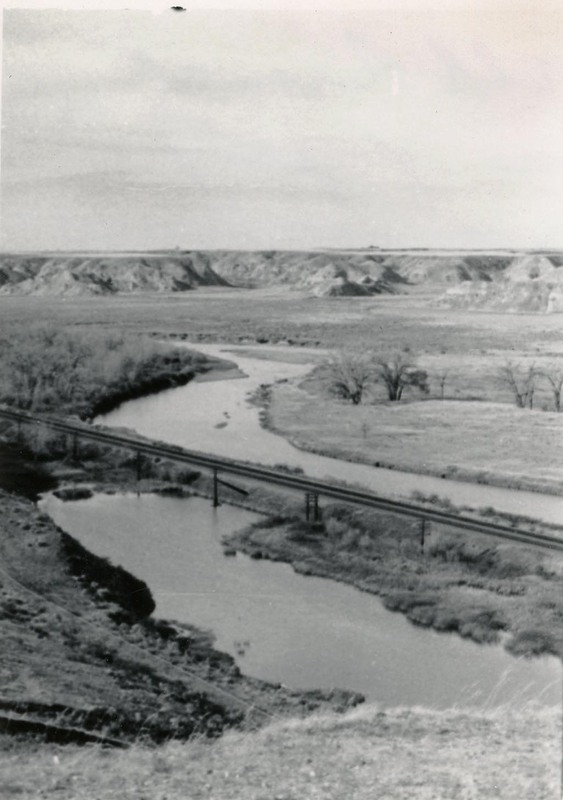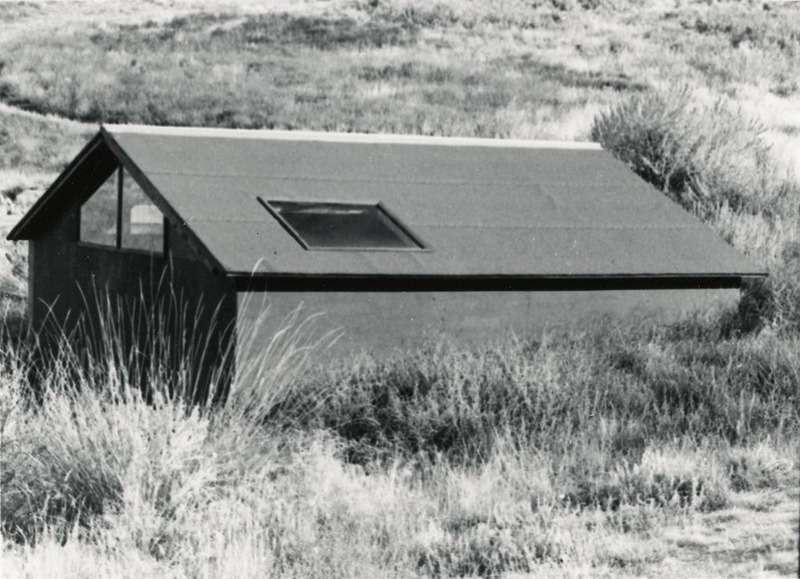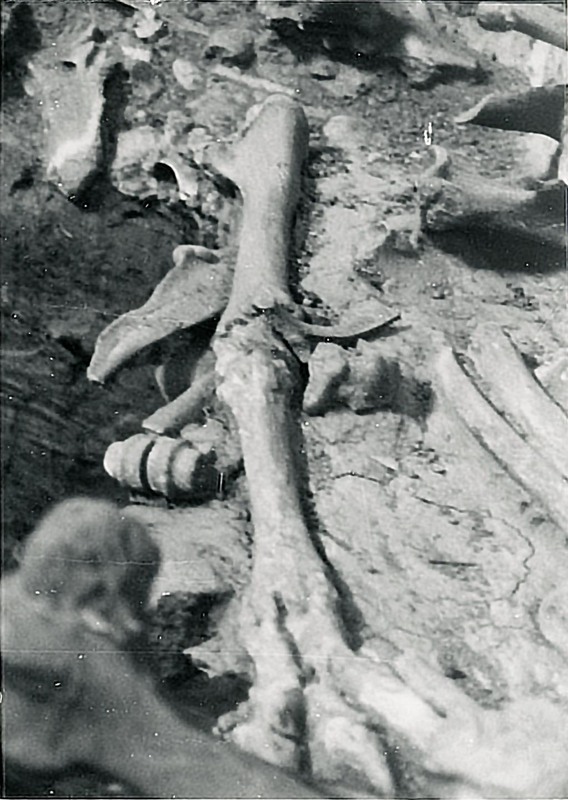Wahkpa Chu'gn Buffalo Jump

Immense herds of bison once roamed the great North American prairies. As many as 30 million of the great shaggy beasts moved seasonally in herds of 25 to 300, following the same patterns year after year. Bison, or buffalo, were the lifeblood of the native peoples who shared this vast domain. For at least 11,000 years, the grassy plains along the Milk River were seasonally home to native groups. Knowing the habits of these animals allowed communal hunting, and they gathered at this place where the rolling prairie suddenly gives way to steep river valley walls. The land features were well suited for use as a buffalo jump, one method of communal hunting. Hunters systematically drove hundreds of bison over the slope. Waiting hunters at the bottom dispatched injured animals and butchering began at once. Archaeology at Wahkpa Chu’gn reveals that native peoples used this site extensively for at least 2,000 years. Wahkpa Chu’gn, pronounced walk-paw-chew-gun, is the Assiniboine term for Milk River. Discovered in the 1950s, the site has been under the protection of Hill County since 1964. Although more buffalo jumps have been found in Montana than in any other plains area, most are very poorly preserved. The exceptional preservation of faunal layers at Wahkpa Chu’gn provides a unique and visually stunning chronology of use over time. The site is of national significance for its superb archaeological record and as the first buffalo jump to be interpreted for the public.
Images


